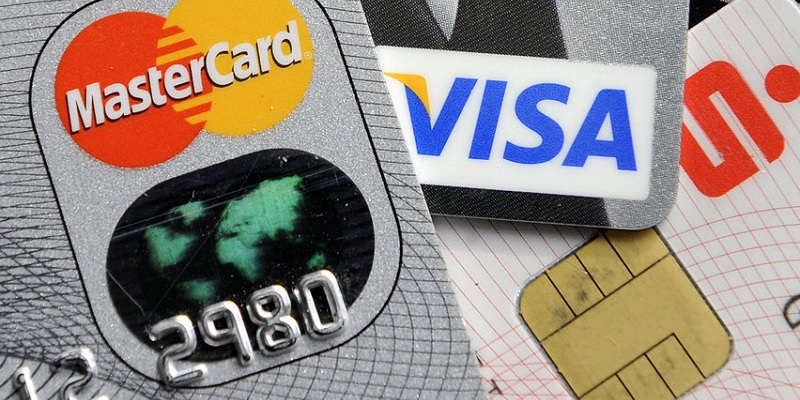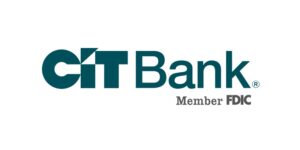 First of all, what is an overdraft? An overdraft is when you don’t have enough money in your checking account to pay for a purchase, but your bank or credit union covers the payment anyway.
First of all, what is an overdraft? An overdraft is when you don’t have enough money in your checking account to pay for a purchase, but your bank or credit union covers the payment anyway.
When that happens, the bank often charges you a fee and makes you pay back the overdrafted amount — this is overdraft protection. Continue reading to learn more about overdraft protection and what it means for your credit.
 |
 |
How to Avoid Overdraft Fees
Before signing up for a checking account, it is important to read up on the bank’s fees. Even though some fees are unavoidable, there is a way to waive these fees:
- Sign up for account alerts, such as payment reminders and low-balance alerts
- Frequently monitor your account for unusual activity or spending
- Keep some extra cash in the checking account, if possible, to avoid a low balance
- Sign up for account services that automatically replenish a low-balance account
- Opt out of any overdraft protection services
Overdraft Protection Fees
The previous section mentioned the ways you can avoid overdraft fees. However, if you want to sign up for overdraft protection, there are fees associated with that too. These fees generally cost around $12, which is a much lower cost than an overdraft fee, which is around $34 per transaction.
Additionally, eligible linked accounts could also have fees that differ depending on the amount advanced to cover the transaction. Make sure you read the fine print to understand all about these fees, the amounts, and when you may be charged.
Impact to Your Credit
Overdraft protection is designed to help you when you don’t have enough money in your checking account. But there are some major problems associated if you aren’t able to clear up the overdraft.
For instance, your credit score can be harmed if you can’t pay a overdraft that is on your credit card. It is important to be very careful because if the overdraft pushes your credit utilization above 30%, your credit score could drop because of the higher balance.
Author’s Verdict
Overdraft protection is a practical and relatively inexpensive way to protect you from large overdraft fees. However, it is not for everyone. It is important to assess your spending habits before signing up for overdraft protection, but remember that you can always opt-out of this feature.
In addition, we have a list of bank promotions to get some extra cash in your pockets today. You may also want to check out savings accounts if you want to get started on saving up money.



